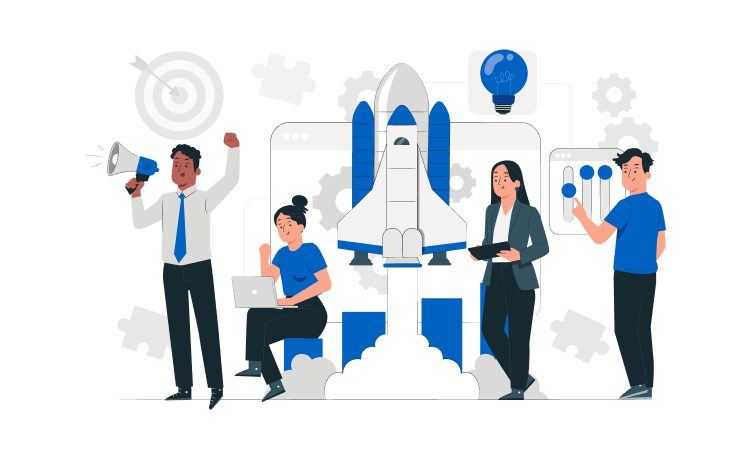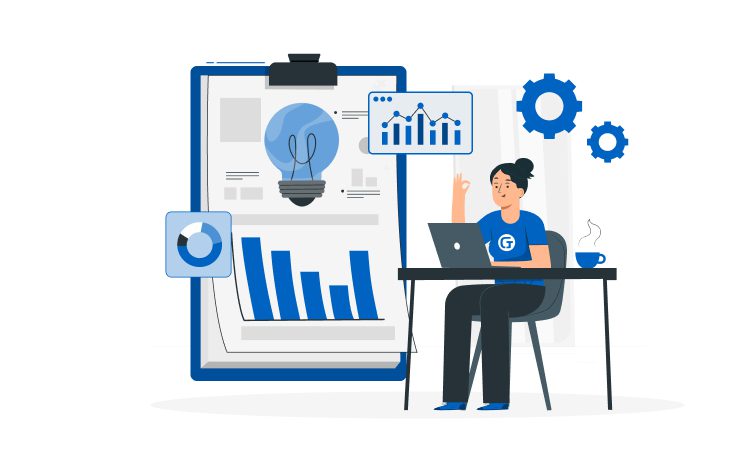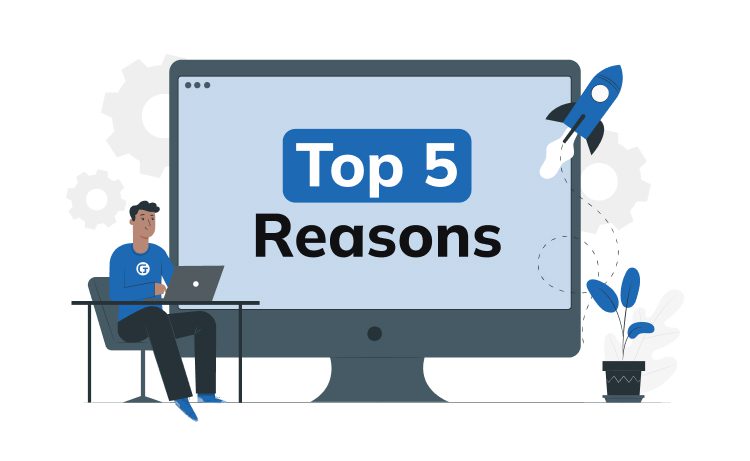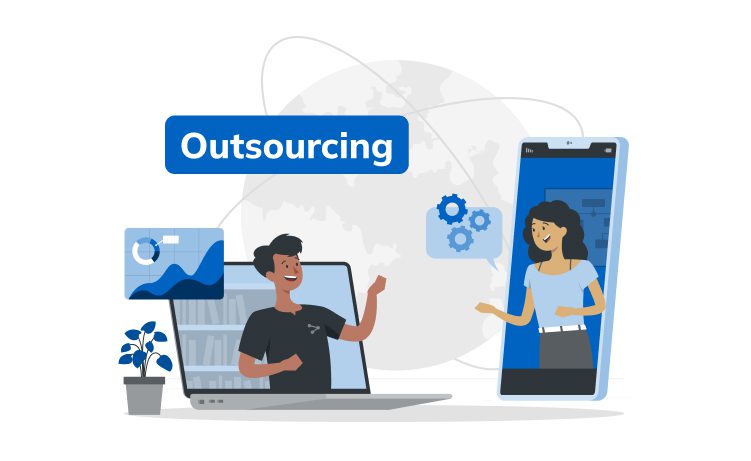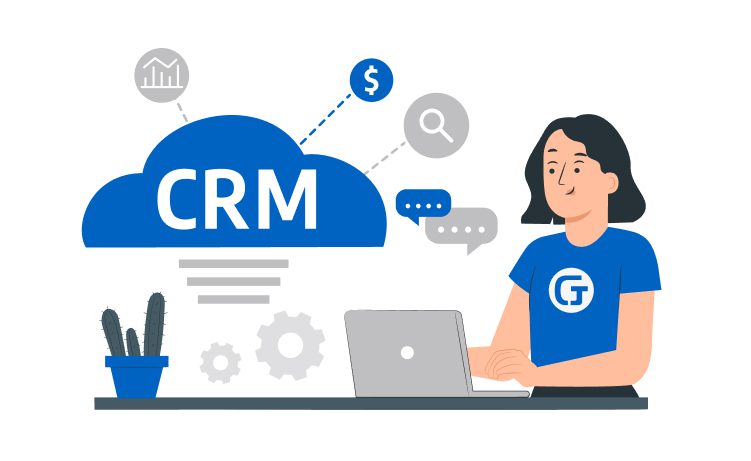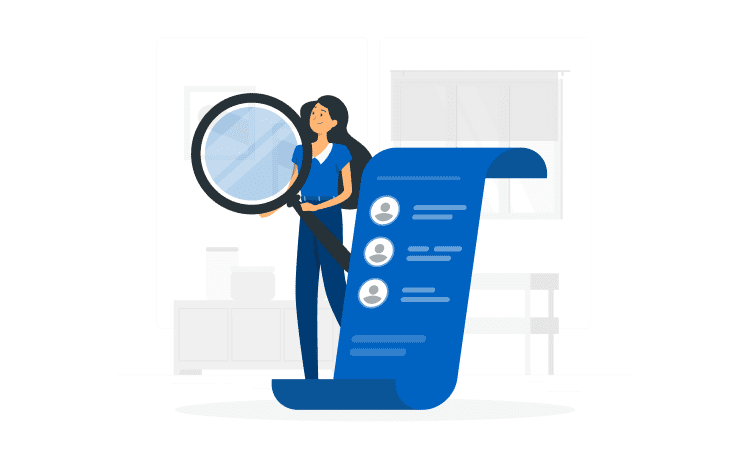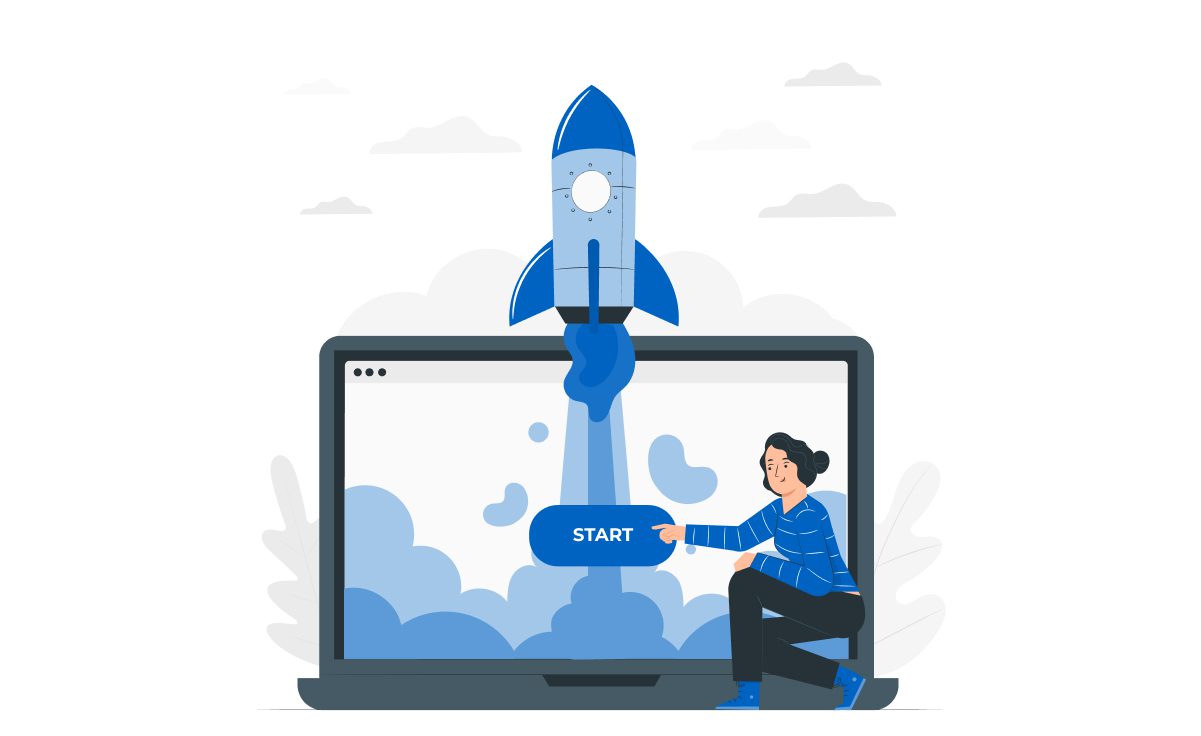
Stages of Startup Development: Full Guide



Did you know that not every new business can be called a startup? To receive such a title, a project must have two important characteristics: innovativeness and scalability. Based on this, a startup is a business that acts as an innovator in the market and tests untested solutions (new technologies, products, services) while having growth potential.
Although each startup is unique, there is one thing in common — a phased development from idea to scale. We offer 11 steps for the success of a startup.

Content
A startup can be called a business experiment based on a unique idea. And finding it can be harder than implementing it. To generate an idea that will work for you, you need the right approach:
You should have your own vision of the situation and the further path of the idea. Yes, according to the founders of Airbnb, initially, they did not have a common vision of the business, as they were focused on design and engineering.
Thanks to the unique concept of rental housing, the company managed to create a new niche almost from scratch. However, this is the exception rather than the rule.
It is better to form a clear vision of the project at an early stage and agree on it with the partner. And only after this is it worth moving on to testing the idea.
According to statistics, only 1 out of 10 startups achieves the goal. And most often, failures are because the company offers a product that is not interesting to the audience.
No matter how innovative your idea is, this does not guarantee its relevance in the market. That’s why niche analysis is one of the valuable startup stages, without which it is impossible to do.
You can make sure that your idea has prospects in the current conditions using the following methods:
In addition, you can conduct sociological research among target consumers (focus groups). With the help of social media analysis and surveys, you will find out what people think about your idea and whether they are interested in such an offer. Together, these methods will give the desired result.
It is one of the mandatory stages of startup development when there is no third-party support (public, government, financial) and the idea is not immune from reuse. In this case, you should proceed carefully and use reliable legal ways to protect the concept:
There is another way to secure your IP, only it is not related to the idea itself, but its results, for example, with the source code or UI elements. We are talking about copyright, which concerns the developed software.
The author retains this right for life (+70 years) or may pass to a third party. If the product is developed for hire, the term is 95 years (from publication) or 120 years (from creation). In any case, you need a whole team to create a successful IT startup.
One of the essential development phases for a startup is choosing the people who will work on your project. You have two options: find remote freelancers or hire full-time employees.
In the first case, you will have to organize all processes online, establish remote relationships and control each stage. In the second case, you will need to register your company, rent premises, create working conditions, and pay salaries and taxes regularly. A full-time team is more expensive but more reliable since everything happens before your eyes.
There is a third option: you can agree with a company that provides its team for the project’s development, deployment, and support. The advantage of this approach is that work processes and communications are already organized, and therefore you do not need to delve into each stage yourself.
Once you have outlined your idea and confirmed it works, you need to draw up a business development plan. In short, it is a detailed description of your project with all the calculations and prospects for the coming years. It is usually written 3-5 years ahead, although sometimes it is advisable to take a year since market conditions change at the speed of light.
Essential points of the business plan:
Such a plan is needed not only by you as the project’s creator but also by your team members, investors, partners, intermediaries, banking organizations to which you will apply for a loan. One of the main tasks is to convince potential investors and partners that the project is interesting from an investment point of view and will pay back all the effort and money invested.
More often than not, the startup has limited funds for product development, which makes fundraising one of the main stages. Your task is to demonstrate to potential investors that your idea has the right to life.
To increase the chances of success, we recommend preparing:
There are many ways to find investors, and crowdfunding is one of the most straightforward and reliable. You need to agree with an investment platform (IndieGoGo, Kickstarter, etc.), provide all the necessary documents, and present the project.
Specialists will help draw up an offer for investors and prescribe the terms, the minimum and maximum amount of the fee, and the conditions for applying and terminating digital rights.
As we said earlier, you can hire full-stack developers, which saves you the hassle of building your own IT department. You will employ only those specialists who will manage the main business processes and entrust the development to professionals by outsourcing tasks.
The main thing is that the team has experience in your niche and can confirm their knowledge and skills with the help of a portfolio. It is also vital that the outsourcer signs an NDA before work begins and can offer customized pricing terms. It is the last organizational stage, and an exciting creative process begins.
Not to brag, but one of the best options on the market is Glorium Technologies. If we correspond to your niche, contact us.
Is the team ready to bring your idea to life? A prototype will help solve the problem, which will translate all your wishes and requirements into the language of developers.
In IT, such a model explains the position and behavior of key program elements. The concept of navigation, design, and functionality is worked out at this stage, and user stories are created.
For you, as a customer, this is an opportunity to reduce the risk of mismatch between expectations and reality. For developers, to determine the scope, timing, and cost of work and prepare for work on the product’s first version.
Understanding the concept of how a product works becomes the foundation for creating its initial version with priority features. According to this, you should invest only in the functions in demand, MVP under the LEAN methodology.
At this stage, the audience uses the functionality and leaves feedback on its convenience. Improvements are being made until a balance of all users’ interfaces is found between convenience and attractiveness.
The finished product should be error-free, and you need to make sure of this before launch. If you cooperate with an outsourcer, you will receive a range of manual and automated testing services. After fixing the bugs, your solution is ready for deployment.
If this is an application, we are talking about publishing in stores such as Google Play and App Store. At the same time, it is advisable to launch a marketing campaign to attract the first customers and additional investments for development.
So, when your idea is implemented and presented to the audience, it’s time to think about scaling. Take a business plan and create a localization strategy to make yourself known in foreign markets.
Analyze user preferences and refine the functional part of the product and marketing strategy according to them. Remember that you need to constantly adapt to the market and target users to be in trend.
It is a business that offers innovative solutions to any problems in the market and tests untested technologies. It also has growth potential in the long term.
The work begins with finding, testing, and choosing a way to protect the idea. The following steps are related to creating a business plan, forming a team, and searching for investors. The creative process includes building a prototype and a first version. At the final stage, the product is tested and, after the deficiencies are corrected, it is launched. Marketing and growth strategy is constantly changing according to market trends.
